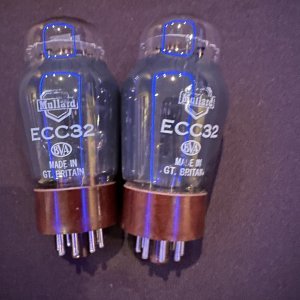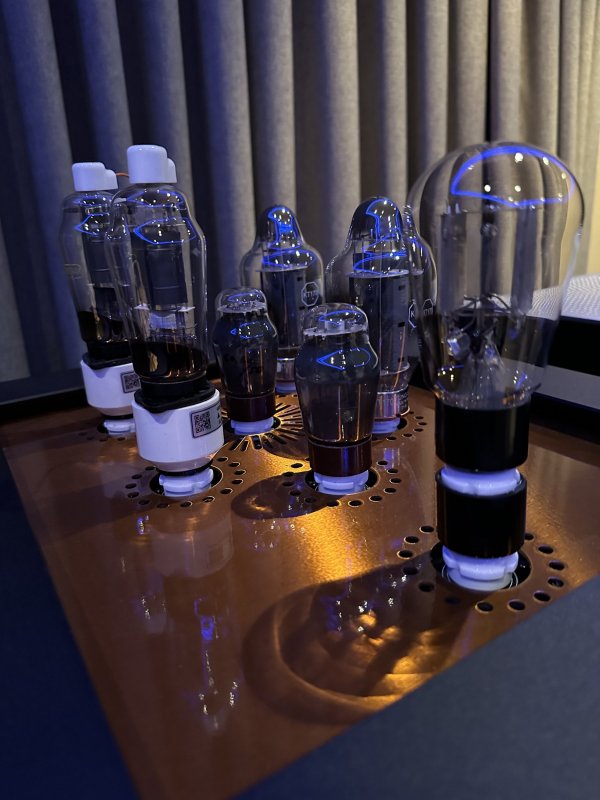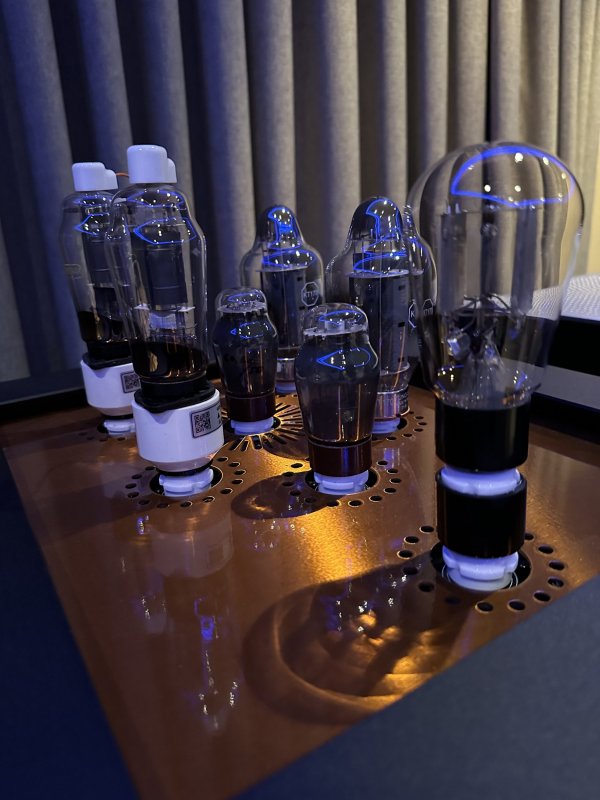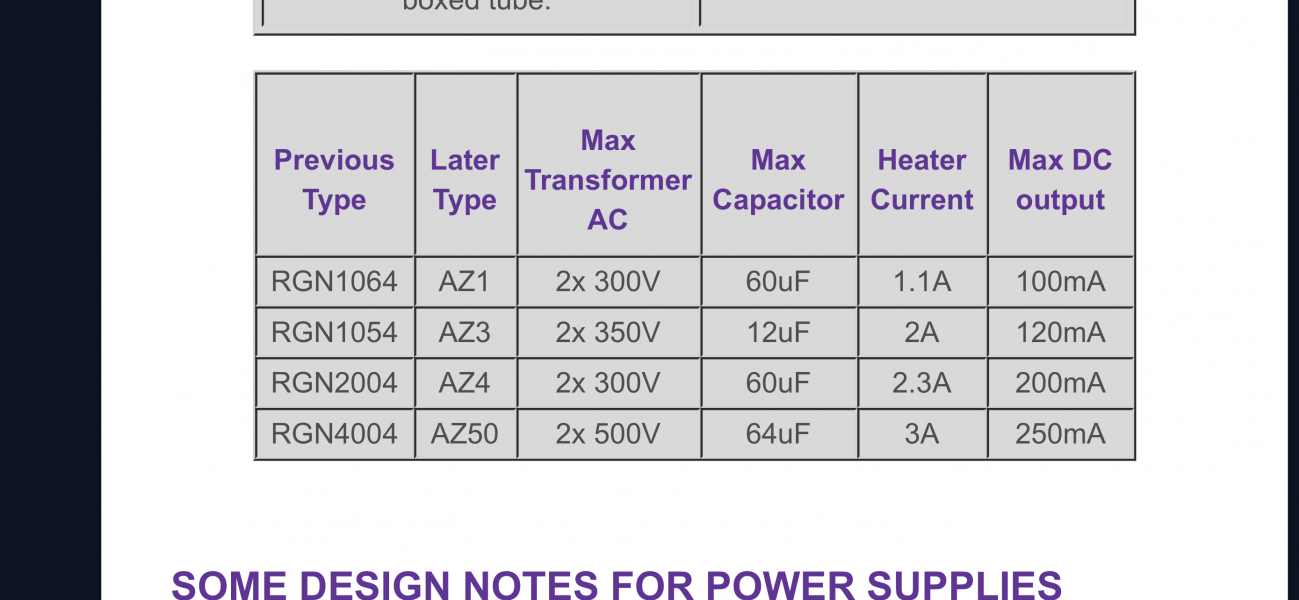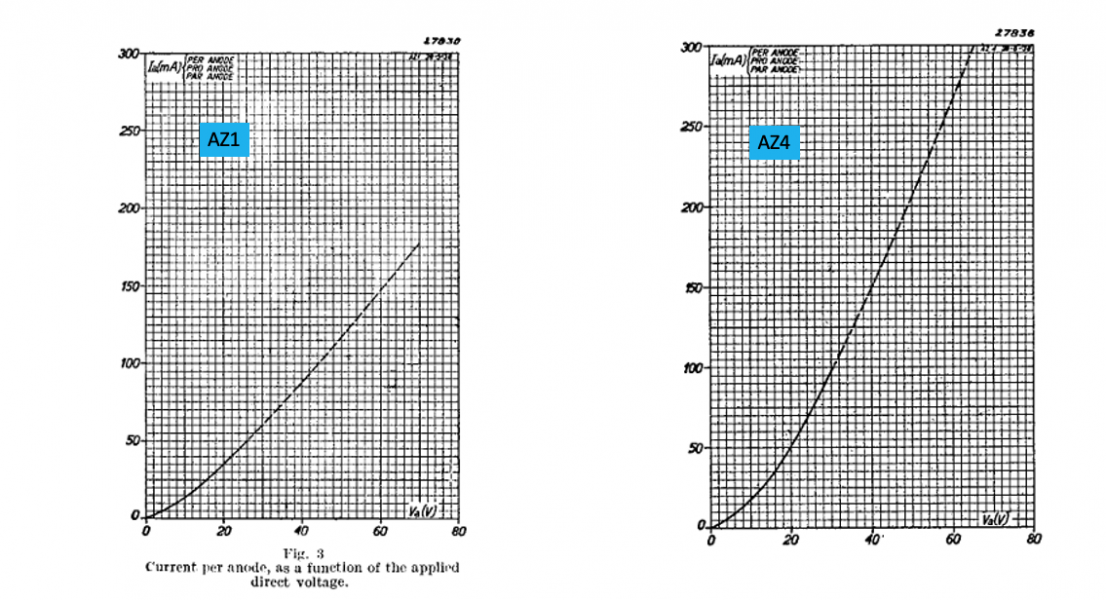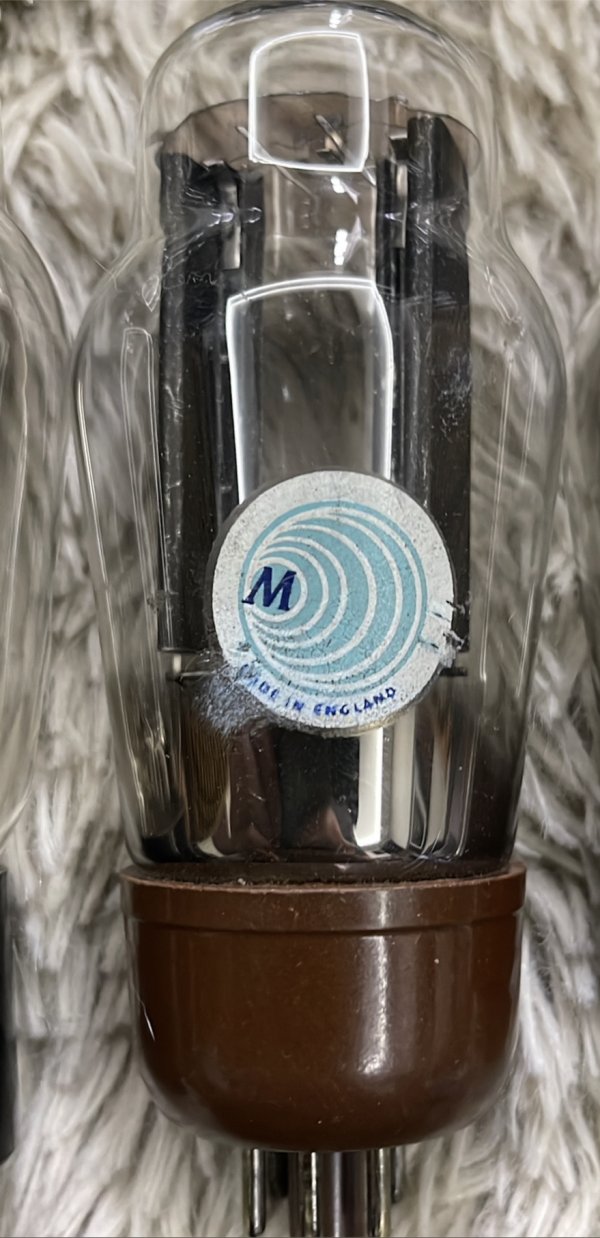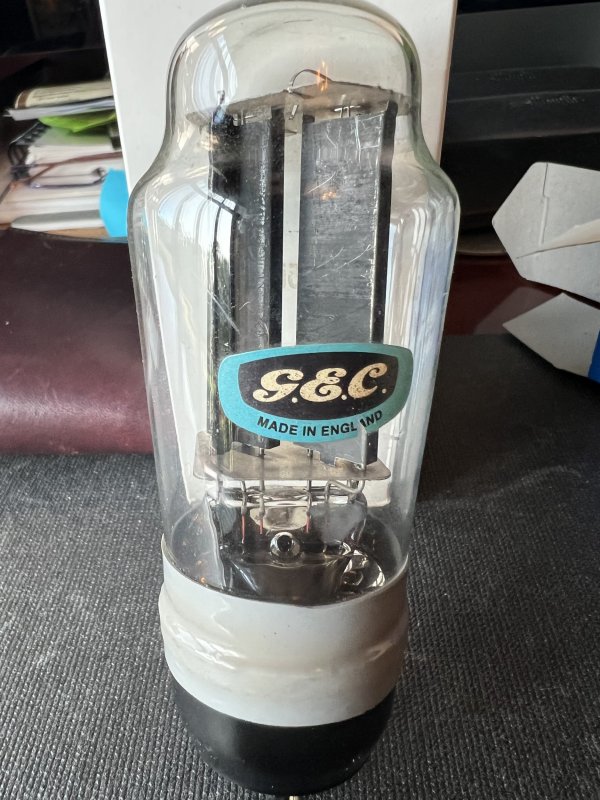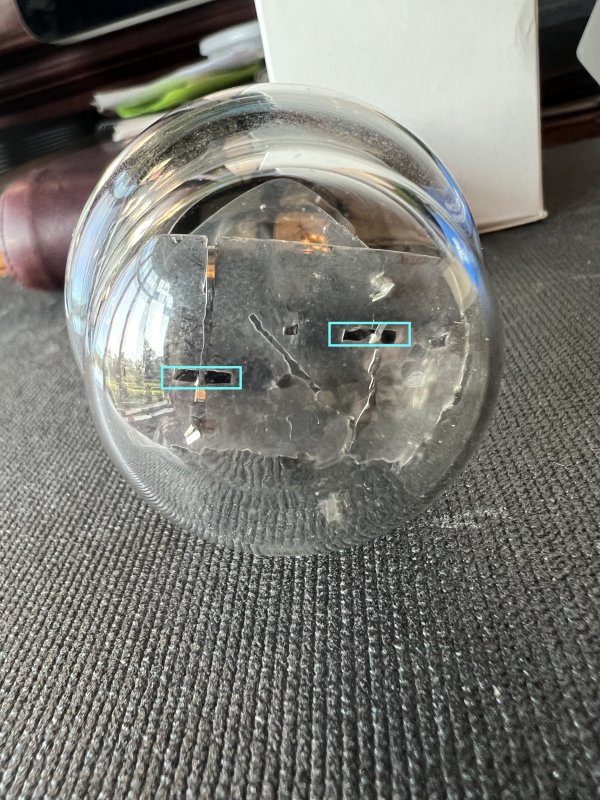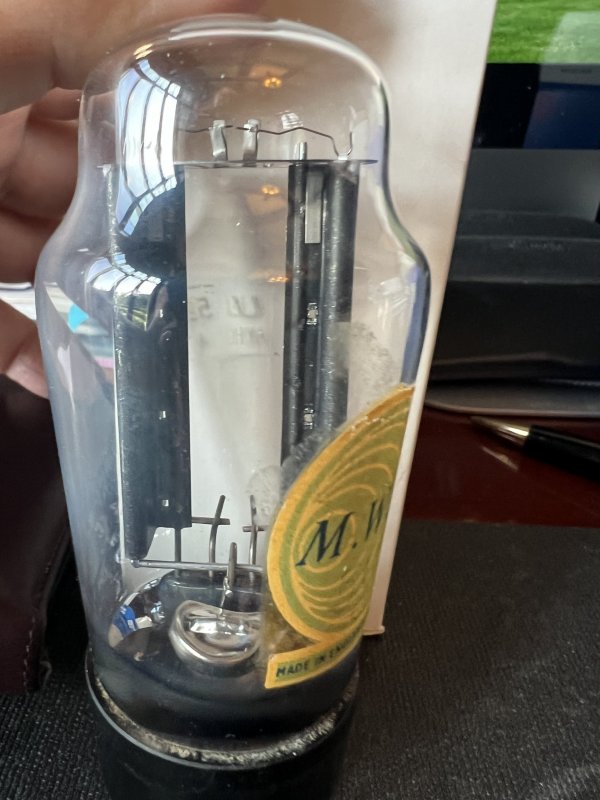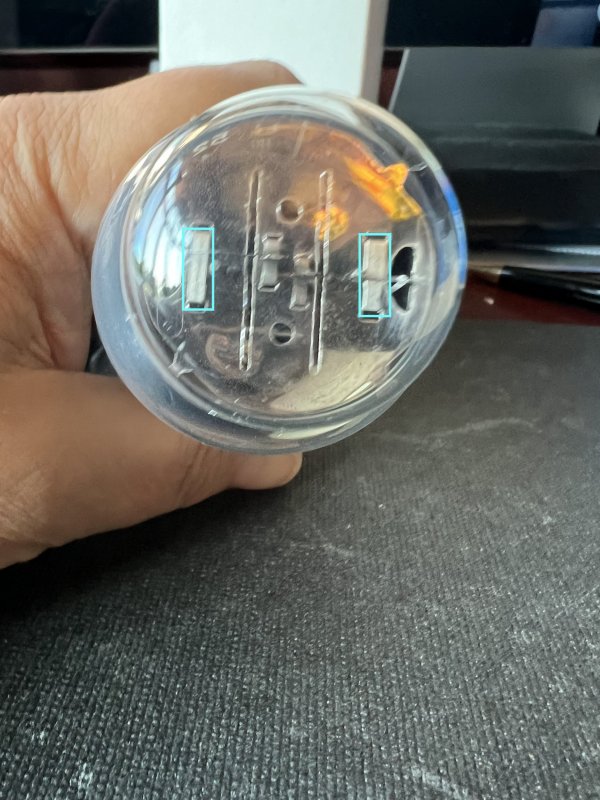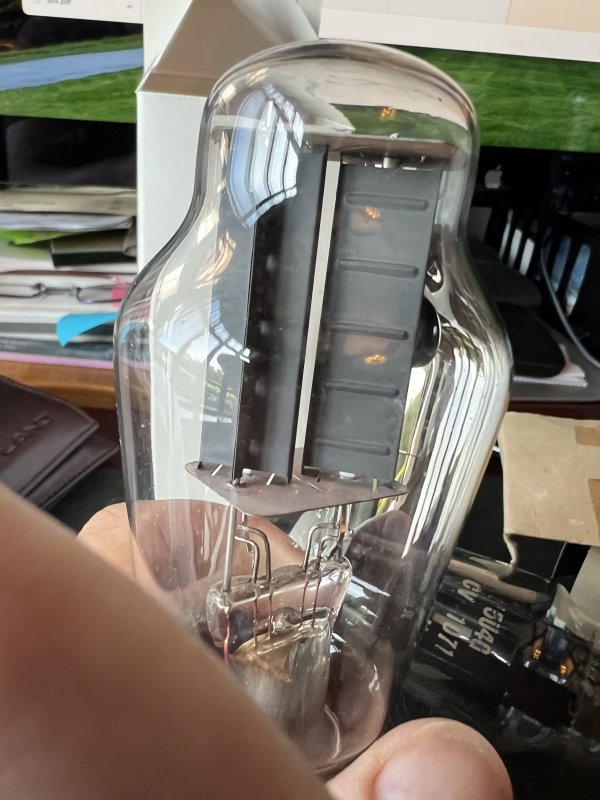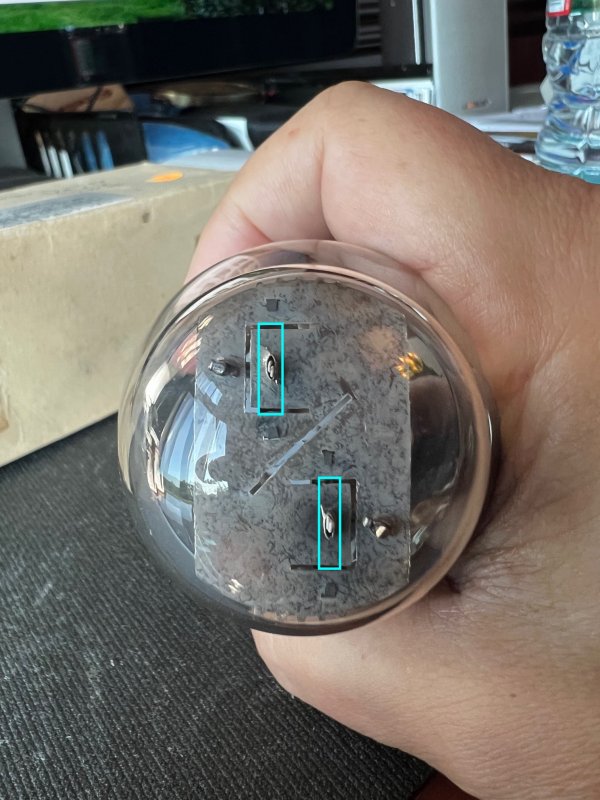Steve Williams
Site Founder, Site Co-Owner, Administrator
well its been over a year since I received my Horizon and for most of that time my preferred tube set has been TS KT170, TungSol 6SN7GT VT231 with round plate and black glass along with the fabled Takatsuki 274B rectifier. These three tubes in my room and with my 32 wpm Class A SET gear have produced sonic bliss contrary to many of the comments here . What is readily evident is that tube rolling to me is tantamount to changing cartridges to listen to vinyl. It is all system specific and user preference. Adding the KT 170 enhanced over all sonic and the Takatsuki added a very tight and articulate deep bass whereas the TS 6SN7GT added so much more detail that at the end of the day I was very happy. The one thing however that was always on my mind was that as good as the Tak 274B is , t impart a dark texture to the music. Further I was quite interested that several users found distortion at higher levels with the TS KT170. This is something that I also noticed but it never really bothered me because I rarely plated at high levels. So along the way as I stay current with this thread I have read some things which caught my interest
1. Sampajanna constantly commenting about his strongly positive thoughts about the Mullard ECC32 Brown base vs my favored TS 6SN7GT
2. The general feeling that as much as I loved the Tak 274B it does impart a darkness to the sonic impression
3. The fact that the KT 170 has audible distortion.
4. My friendship with Goran and Laszlo and over the years their recommendations are always something I pay heed to
Hence over the past 4-5 weeks I have systematically changed each tube kind with their preferred and the following chronicles my impressions. FWIW, I remain still very partial to the TS 6SN7 GT as well as the Tak 274B but along the way David and his slingshot have squashed my Goliath
Firstly I became very interested in the Tungsram OS1 (needs adapters) after many conversations with Laszlo and Goran. I had this ache in my chest knowing that any time I talk to either, it costs me $$$
All after due consideration I felt obligated to check this tube out and found 2 perfectly matched NOS quad sets (I will use only a pair rather than the quad as I run the Horizon single ended-I put a pair ok TS KT 170 in the right bank of pentodes . I was also fortunate enough to find adapters for these tubes. So 4-5 weeks ago the KT170 was removed and the Tungsram OS1 was inserted. Day 1 of listening imparted a very beautiful and open midrange which I had not heard with the KT170 but the deep bass and tightness of such was no where as good as the KT170. I had my doubts but this was day 1. The tubes were played for the rest of the day and on day 2 I began hearing some of the magic of the OS1. The bass was beginning to sound much more articulate and tight but it was the openness of the midrange and the top end which caught my interest. By day 3 the tube was sending like nothing Ive heard in my system. Gone was the distortion I heard from the KT170 played at high volume. There was an ease of presentation. I hate to use the word "natural" but for my ears I was indeed hearing something that sounded somewhat darker wit the KT 170 than what I prefer. The OS1 over the past 5 weeks has continued to open and it is a sound that is truly breathtaking even with my Tak 274B
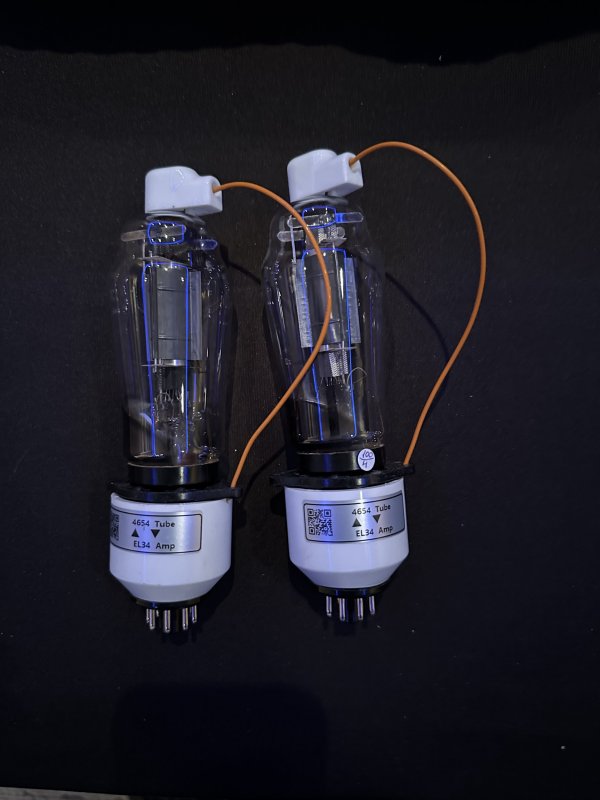
2. The biggest tube which totally blew me away was the swapping of the Tak 274B for a 90year old rectifier from 1934, the Telefunken RGN 2004 Klangfilm. This is a 4 volt tube and requires a special adapter containing a resistor which steps down the voltage from 5v to 4v. There are adapters for this tube to fit the Horizon but noe of these adapters contain this resistor. Again I was fortunate enough to obtain the proper adapter. In a few short words, this rectifier changed my concept completely of my preferred sound. This is a fabulous rectifier so much so that I also found a back up as this is a rectifier that is open, airy, natural but with simply beautiful bottom end. Nothing is colored as it sounds top to bottom neutral and without coloration. There are many versions of this tube but it is this one from 1934 that will make your jaw drop. The blackness from the Tak 274B was gone and everything sounded better than what Ive heard. This rectifier has been in my system now for the past 2 weeks and it is a keeper. The sound was beautiful even with my TS 6SN7 GT
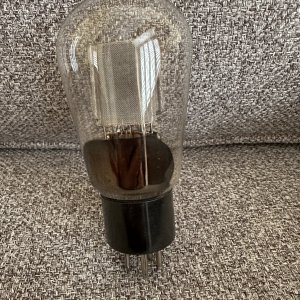
This tube when powered on imparts the most beautiful blue purple color that is a joy to watch
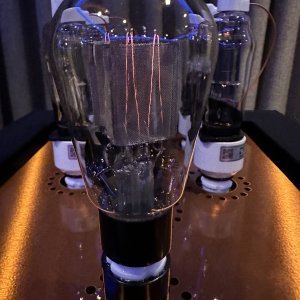
Finally I come back to to Sampajanna's comments about the Mullard brown base ECC32 that he felt it always trumped my TS 6SN7GT. It was no easy task finding this storied tube but I found 2 sets measuring strong and a 3rd set that is made by Mullard but branded Chelmer . So bottom line these have been in now for this past week and there is no question that Sampajanna is dead on with his evaluation. Adding this tube was the icing on the cake. No adapters needed. The dynamics and presentation is simply explosive. it is so organic with a sense of reality that I feel the musicians and singers to be in the room with me.
To get back to tube rolling and deciding what is right is not always the same for two different systems and rooms but what these 3 new tubes added to my overall sonic experience was like nothing have ever heard before. So when I say I am not a tube roller, I have been pulled back in but when Goran and Laszlo talk , people listen ( I know I did). I now have this as my preferred tube kit and continue to keep the KT 170, TS 6SN7 and Tak 274B as a back up tube kit.
IIRC it was Sampajanna who stated not to skip on the price of tubes when playing a $50K Horizon DAC. I tend to agree (wish it weren't so) as these 3 tubes along with back ups, adapters and special adapter has set me back $6800. For me this was quite a stretch but the synergy imparted to the sound fro these three tubes is beyond what I've ever heard thanks to Goran and Laszlo who always find the Magic Bullet to pull me back in
